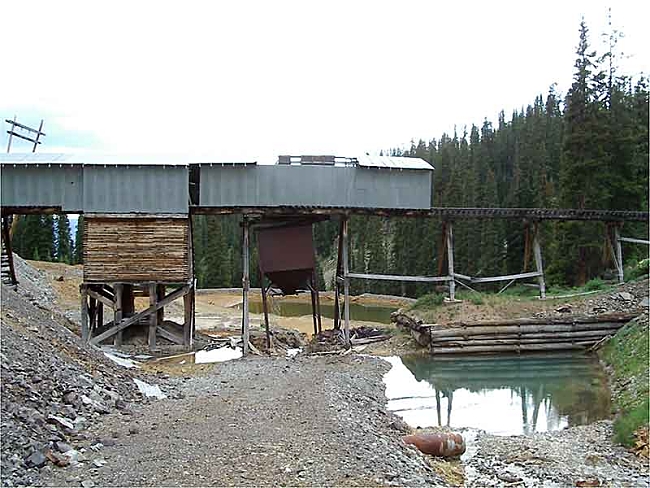Mining Operations (Strip and Deep)
Surface mining is a broad category of mining in which soil and rock overlying the mineral deposit (the overburden) is removed. It is the opposite of deep mining, in which the overlying rock is left in place, and the mineral removed through shafts or tunnels.
Dwindling resources will require new, modern mines. Don’t fall for a great deal on an old one that leaks or one used for waste disposal. Evaluate properties near current or historic mines for groundwater contamination (acid mine drainage).
There are five main types of surface mining, strip, open pit, mountain top, dredging and highway mining. All of these forms of mining allow for surface debris to be ejected into the air and can settle on nearby properties. The dust and debris may contain harmful substances such as sulfur. The sulfur can corrode structures and is hazardous to human health.
In addition to ejecting debris surface mines also causes a lot of surface runoff which can contain large amounts of contaminates and move them to streams, rivers, ponds and lakes. Surface runoff can also erode the land and change the surface topography subsequently causing landslides and other natural disasters. Deep mines can trap gases and cause explosions and groundwater leaching, both of which are harmful to humans.
